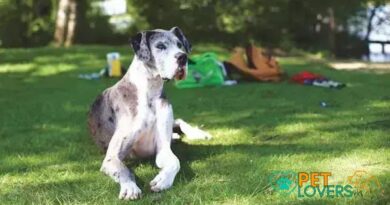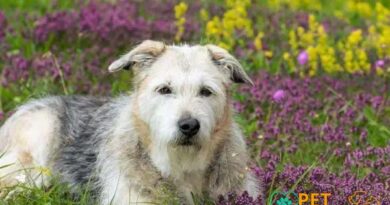What is Raios UV
What is Raios UV?
Raios UV, or ultraviolet rays, are a type of electromagnetic radiation that comes from the sun and artificial sources. They are invisible to the human eye and are categorized into three types: UVA, UVB, and UVC. Each type has different wavelengths and effects on living organisms, including dogs. Understanding what Raios UV are is crucial for pet owners, especially those who spend a lot of time outdoors with their furry friends.
The Different Types of Raios UV
UVA rays have the longest wavelengths and can penetrate the skin more deeply than UVB rays. They are primarily responsible for skin aging and can contribute to skin cancer. UVB rays, on the other hand, are shorter and are known for causing sunburn. They play a significant role in the production of vitamin D in the skin, which is essential for both humans and dogs. UVC rays are the shortest and most harmful, but they are mostly absorbed by the Earth’s atmosphere and do not reach the surface.
How Raios UV Affect Dogs
Just like humans, dogs are susceptible to the harmful effects of Raios UV. Prolonged exposure can lead to skin damage, sunburn, and even skin cancer in dogs. Breeds with short or thin fur, as well as those with light-colored skin, are particularly at risk. It’s essential for dog owners to be aware of the potential dangers of UV exposure, especially during peak sunlight hours.
Signs of UV Damage in Dogs
Pet owners should be vigilant for signs of UV damage in their dogs. Symptoms may include redness or irritation of the skin, especially in areas with less fur, such as the nose, ears, and belly. Additionally, excessive scratching or licking of these areas can indicate discomfort. If you notice any of these signs, it’s crucial to consult a veterinarian for proper evaluation and treatment.
Protecting Your Dog from Raios UV
To protect your dog from the harmful effects of Raios UV, consider limiting outdoor activities during peak sunlight hours, typically between 10 a.m. and 4 p.m. Providing shade and fresh water is also essential. Additionally, pet-safe sunscreens are available that can be applied to vulnerable areas of your dog’s skin. Always consult your veterinarian before using any products to ensure they are safe for your pet.
The Role of Diet in UV Protection
A well-balanced diet can also play a role in protecting your dog from UV damage. Foods rich in antioxidants, such as fruits and vegetables, can help combat oxidative stress caused by UV exposure. Omega-3 fatty acids, found in fish oil, can also promote skin health and reduce inflammation. Discussing dietary options with your veterinarian can help you make informed choices for your dog’s health.
Understanding UV Index
The UV Index is a valuable tool for assessing the strength of UV radiation on a given day. It ranges from 0 (minimal risk) to 11+ (extreme risk). Pet owners should check the UV Index before planning outdoor activities with their dogs. When the index is high, it’s advisable to take extra precautions to protect your pet from excessive UV exposure.
Indoor UV Exposure
It’s important to note that Raios UV can also penetrate windows, meaning that indoor pets are not entirely safe from UV exposure. If your dog spends a lot of time near windows, consider using UV-blocking window films or curtains to reduce their exposure. This is especially important for dogs that are prone to skin issues or have a history of sunburn.
Consulting Your Veterinarian
Regular check-ups with your veterinarian can help monitor your dog’s skin health and overall well-being. If you have concerns about your dog’s exposure to Raios UV or notice any unusual symptoms, don’t hesitate to seek professional advice. Your veterinarian can provide tailored recommendations to keep your pet safe and healthy.




